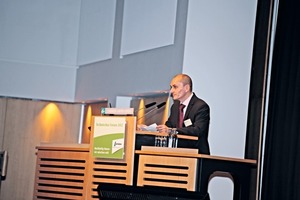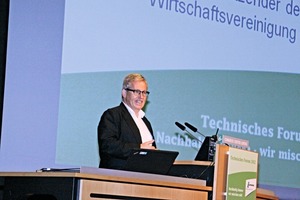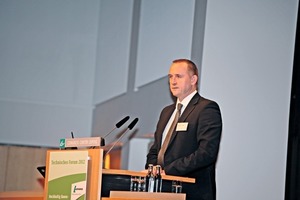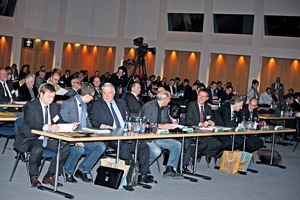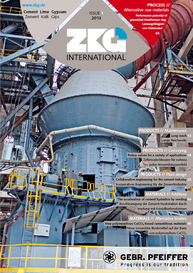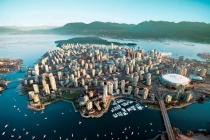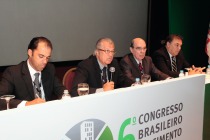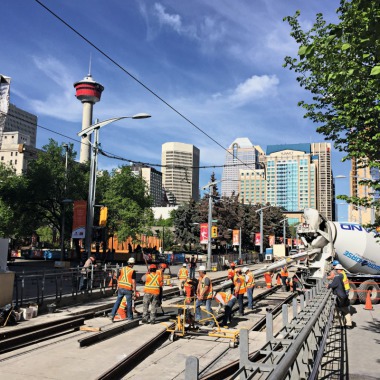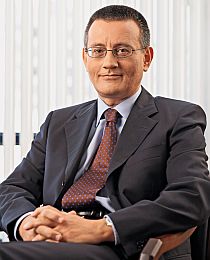Future-oriented products and new solutions
Oswald Metzger got things off to a lively start with his opening lecture “Sustainability in Politics and Industry”. The deputy Federal Chairman of the Small and Medium-Sized Business Association of the political parties CDU/CSU placed a comparison of the words and deeds of political and industrial protagonists at the focus of his lecture. Measuring political decisions by their effective results, he put a question mark behind their sustainability. However, he did give his unequivocal support to the turnaround in energy policy. “Even though political policies are not always sustainable, the changeover to renewable energies definitely is. Owing to the cross-party consensus in this point, there will be no turning back” he stated as the conclusion of his lecture.
The next speaker, Ulrich Nolting, agreed. The managing director of BetonMarketing Süd spoke about the opportunities presented to the cement industry by the use of renewable energy sources. To achieve the objectives of the new policy, energy storage facilities and power supply networks would have to be expanded. Concrete would be needed for the foundations of facilities and power line pylons. Nolting also sees considerable potential for the use of concrete as a heat accumulator.
The two technical lectures relating to Lafarge products focussed on sustainable types of cement and clinker. Günther Walenta of the Lafarge research centre in Lyon presented The “Aether” project. This fundamental research project at Lafarge is subsidised by the European Union and has a clear objective: the development of a new type of clinker with similar properties to those of Portland Cement but which can be industrially manufactured with up to 30 % less CO2 emission than the conventional production process. First pilot tests under industrial conditions have been successful, said Walenta. Further pilot tests, investigations regarding the product‘s durability and application tests at customer‘s facilities are to follow.
The technical lecture by Alexander Paatsch also dealt with sustainable solutions. As Technical Marketing Manager at Lafarge he focussed on the advantages and capabilities of CEM II cements for demanding and long-lasting structures. Taking the example of the special cement Optavelox®, he described its excellent processing properties, particularly for use in prefabricated concrete elements.
At the Technical Forums, international projects of the Lafarge Group always occupy a firm place on the programme. This year, Jeremy Greenwood, Managing Director of Readymix UK, presented the “Waterford Hamel” project. In the green belt of Hertfordshire, 45 km north-east of London, an extraordinary project is due to commence in 2013. Lafarge is acting as builder-owner in the construction of 13 zero-energy houses, of which twelve are to be sold on the free market. These will be the first energy-autonomous houses to be commercially marketed. By constructing this housing estate, Lafarge intends to play a part in changing the present building regulations in Great Britain. The eco-homes made of concrete will provide convincing evidence of their energy-efficiency compared to the customary lightweight construction technique used for single-family houses, said Jeremy Greenwood.
“Sustainable construction – we are actively participating” – this topic also triggered lively debate among the participants in the networking and discussions during the breaks. Information stands and interactive tools, such as a safety quiz and a demonstration version of the new customer portal, supplemented the lecture programme. In the evening, the attendees visited “Gondwanaland”, the gigantic tropical house at the Leipzig Zoo, where original atmosphere brought the varied programme of the event to an impressive conclusion.

